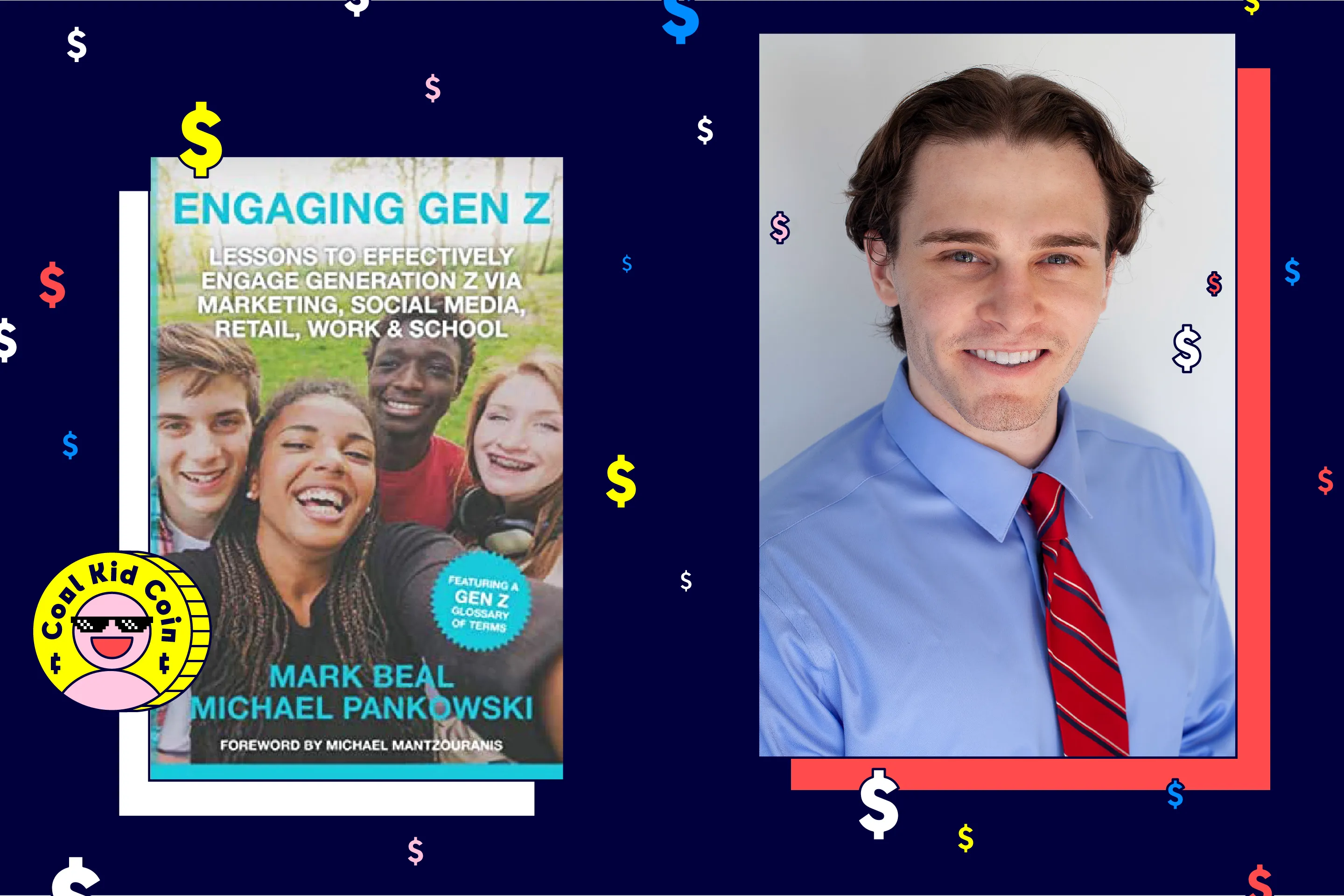The SaaS industry lives and dies at breakneck speed. SaaS startups at the top of the high-tech industry cannot afford to grow slowly and steadily. On the contrary, they are in constant vigilance, which is only possible in the world of technology.
Many successful SaaS unicorns struggle to combine marketing strategies with rapid growth and growing demand.
Most marketing agencies focus on specific areas such as strategy, tactics, or creative. Matter Made avoids these changes and adapts to the needs of each client, from marketing strategy and leadership to execution and results. Their ultimate goal is to help businesses improve demand efficiency; Reduce customer acquisition costs (CAC) and find effective ways to scale.
I recently had the opportunity to speak with Elias Rubel, Founder and CEO of Matter Made, to discuss recent changes in post-pandemic marketing strategies, the role of millennials in the marketing mix, and the marketing trends we target. in the future. . In subsequent years, the discussion.
Jeff Fromm : How have marketing strategies and tactics changed since the start of 2020?
Elias Rubel : Since the start of 2020, it's been a wild ride to figure out what strategies and tactics make sense in the ever-changing market conditions. The mid to late 2020s saw a covid-19 funding and pricing “reset” as companies shifted into “price independent” mode, often choosing to capture market share without holding account of CAC or potential value. overtime.
It was a self-fulfilling cycle where companies invested heavily at the behest of their board, expanding their customer base and pushing prices to higher multiples. With more deals being made every day in the tech industry, the once-unknown and revered title of “unicorn” is starting to lose its appeal.
In the grow-at-all-costs stage, companies invest capital in startups without wasting time testing messaging, optimizing the right buyer journey, or developing appropriate lead acquisition programs. Not ready to buy. Tracking and measurement has become a secondary growth priority for many businesses and as a result, many businesses grow without a clear understanding of the underlying strategies and tactics that drive their success.
In the year The tide turned bearish in the third quarter of 2022, as macroeconomic and prudential concerns increased, coupled with the feeling that valuations were reaching unsustainable levels, forcing the venture capital market out of its old carpet. Commissions fell and companies had to rethink their purchasing strategy. This has led to a fundamental shift from growth to demand-side efficiency at all costs. The team's budget has been cut in half. In most cases, internal teams are cut to the bare minimum and wondering how to achieve the same growth with half the budget.
In the wake of these calls, there has been a general changing of the guard in the ranks as more and more millennials have risen to decision-making positions at high-profile, fast-growing tech companies. The stars themselves have developed new marketing styles to respond to and manage this fundamental market shift. For them, the answer was to change their strategies and tactics to focus on demand efficiency, which was a big change for most teams.
Demand Efficiency is a North Star metric that focuses on two-thirds of a revenue stream and is a powerful metric for teams working to reduce CAC. Originally created by the development team at Matter Made, the Demand Effectiveness Framework assesses key components of a revenue stream, such as overall target market, revenue generation, funnel, cross-funnel activities, message targeting, and testing. The goal is to find faults that ultimately lead to a lower CAC.
Amid market shifts, we continue to see an increased focus on demand-driven efficiency as teams change strategies and tactics to support a more sustainable growth model and as millennials join high-powered tech companies. growth in decision-making roles.
Fromm: What worries you in the next 2-5 years?
Rob : The next 2-5 years will be exciting for the B2B technology sector. The old days of webinars and annoying ads are a thing of the past. Business customers are finally realizing that they are no different from ordinary consumers, and market players are rapidly moving away from traditional B2B playbooks to new, more personalized and engaging strategies and tactics.
Technology is keeping pace to support highly sophisticated and well-organized purchasing. With platforms like 6Sense, Mutiny, ChiliPiper, and others, businesses can create highly personalized funnels to educate and engage customers.
It will be interesting to see the use of machine learning to make effective marketing decisions. Revenue and retention are always a priority for any good marketer or operator, but without robust AI and accurate forecasting, decisions on how to effectively generate and capture demand will be arbitrary. AI and machine learning will be instrumental in developing ideal customer profiles (ICPs), targeting, messaging, and creating personalized experiences in marketing.
Look for companies that rely on dark social tactics to increase awareness, nurture leads, and build trust in ICP. Dark social media clicks and dark social shares are on the rise as this data accurately reflects customer needs, which is critical for digital marketers. Black social creative creates an environment where consumers can find timely, relevant, and relevant content. No more click-based content and advertising.
Perhaps most interesting is in the area of creativity. Historically, B2B has been one of the least glamorous and interesting places to hang out. Boring ads, boring assets, boring sales documents – there's no shortage of boring things in B2B. However, with these winds of consumer change comes a new wave of B2B innovation.
Big companies like ServiceNow are investing heavily in creative consumer campaigns, and new agencies like NoBoringDesign have sprung up to help companies like Loom, Yelp for Restaurants, and Productboard transition from B2B design to creative B2C advertising. This is the start of the wave. As more and more B2B companies realize that people are people, the flow of innovation will bring exciting changes to what we expect from B2B over the next 2-5 years.

